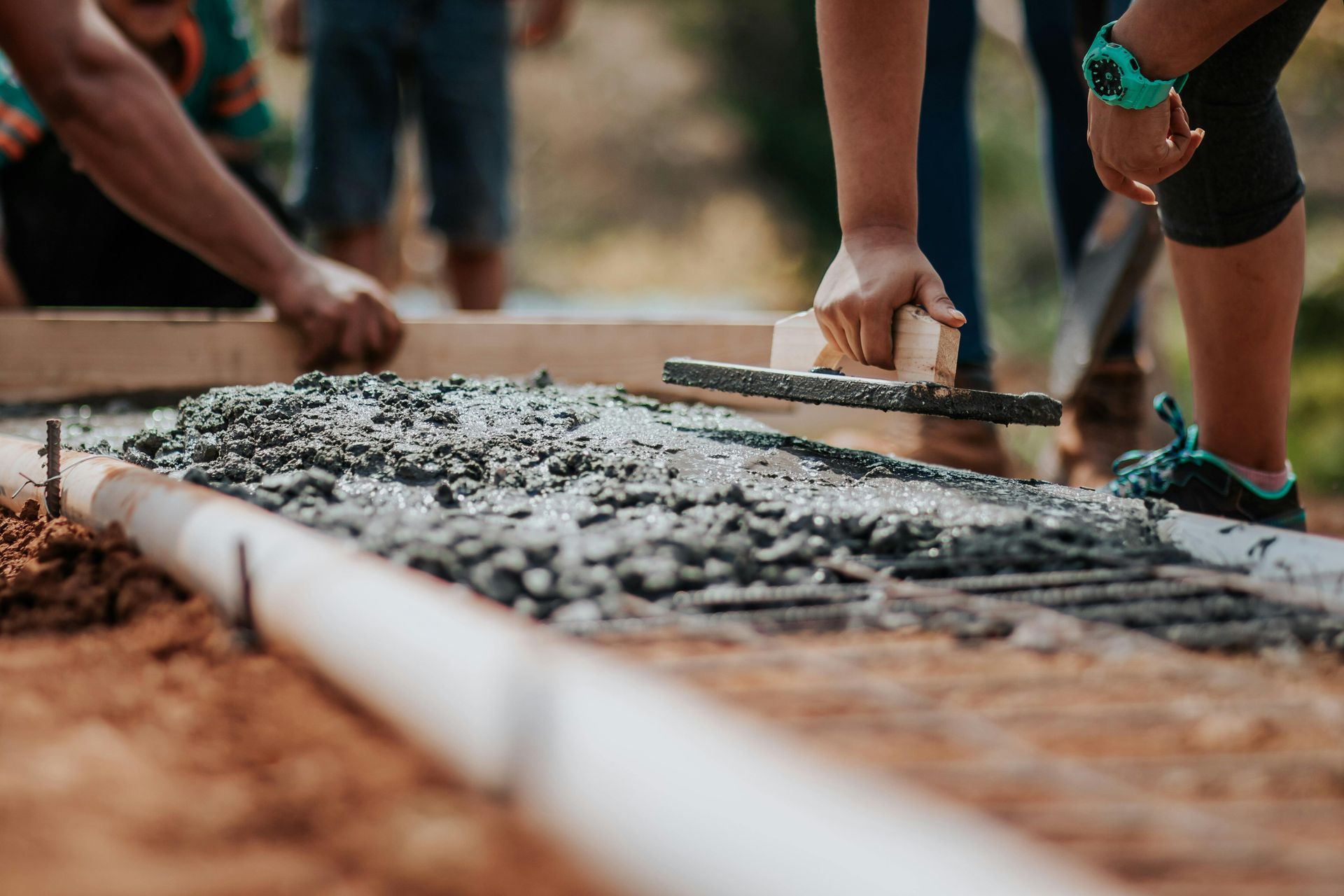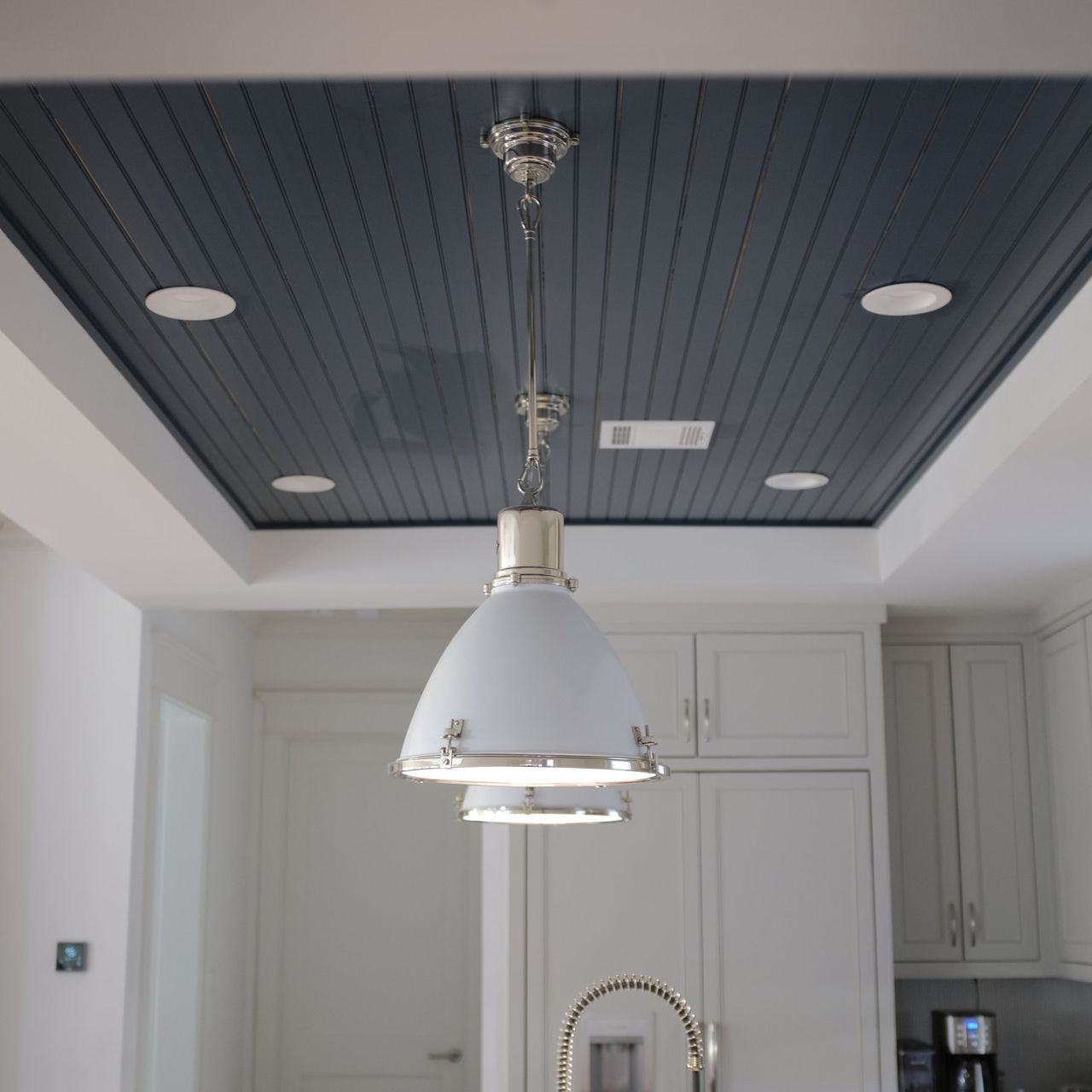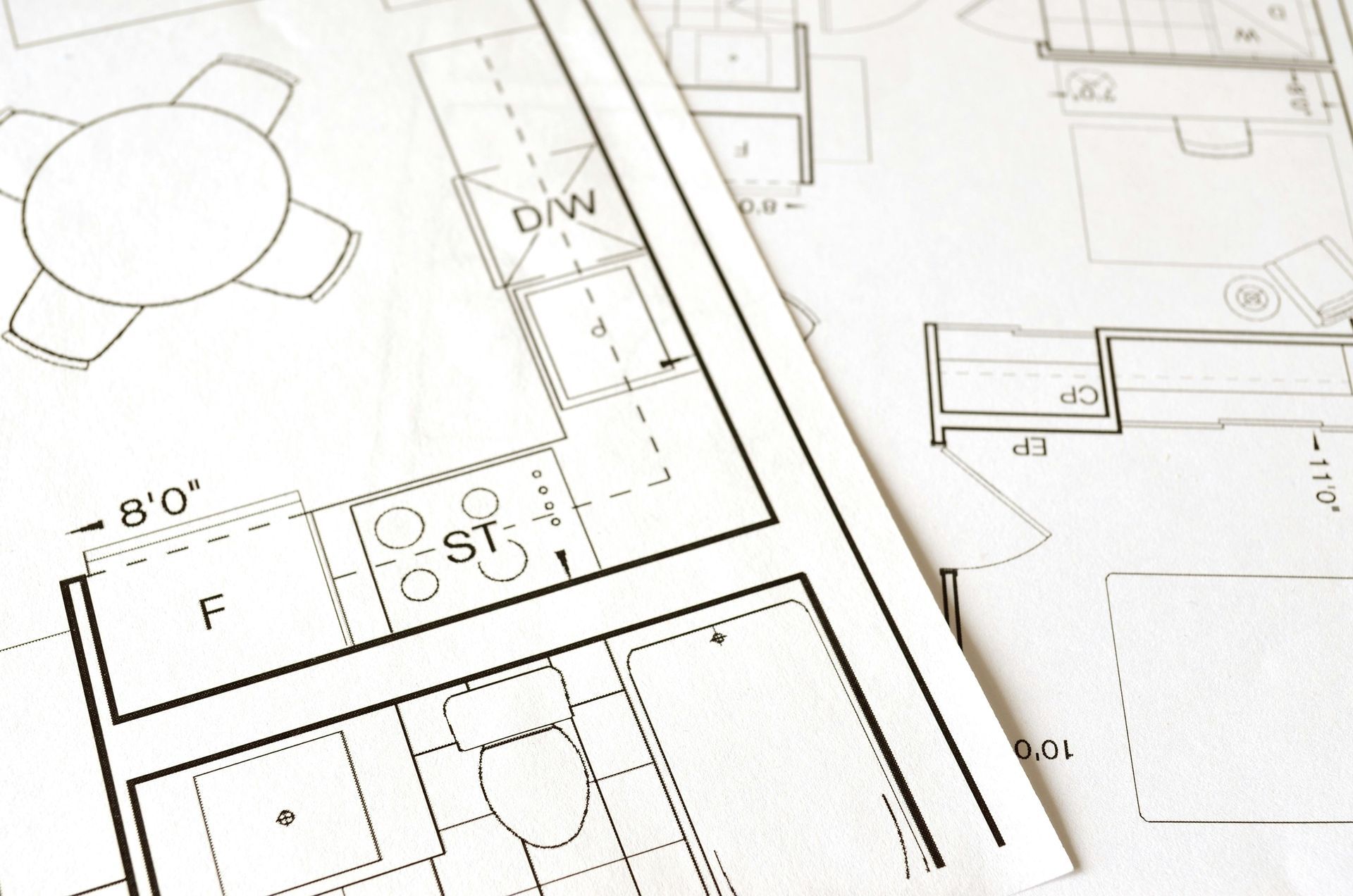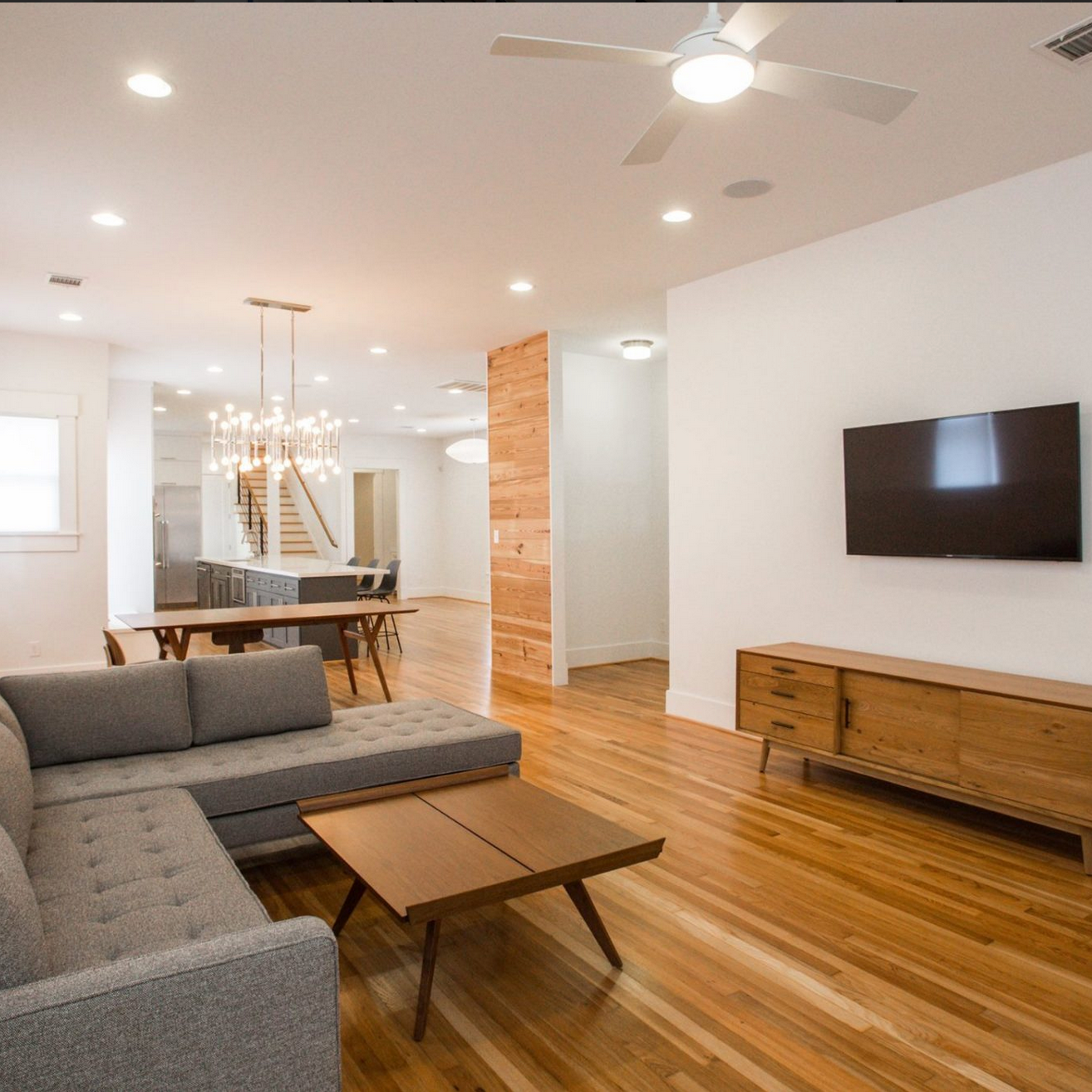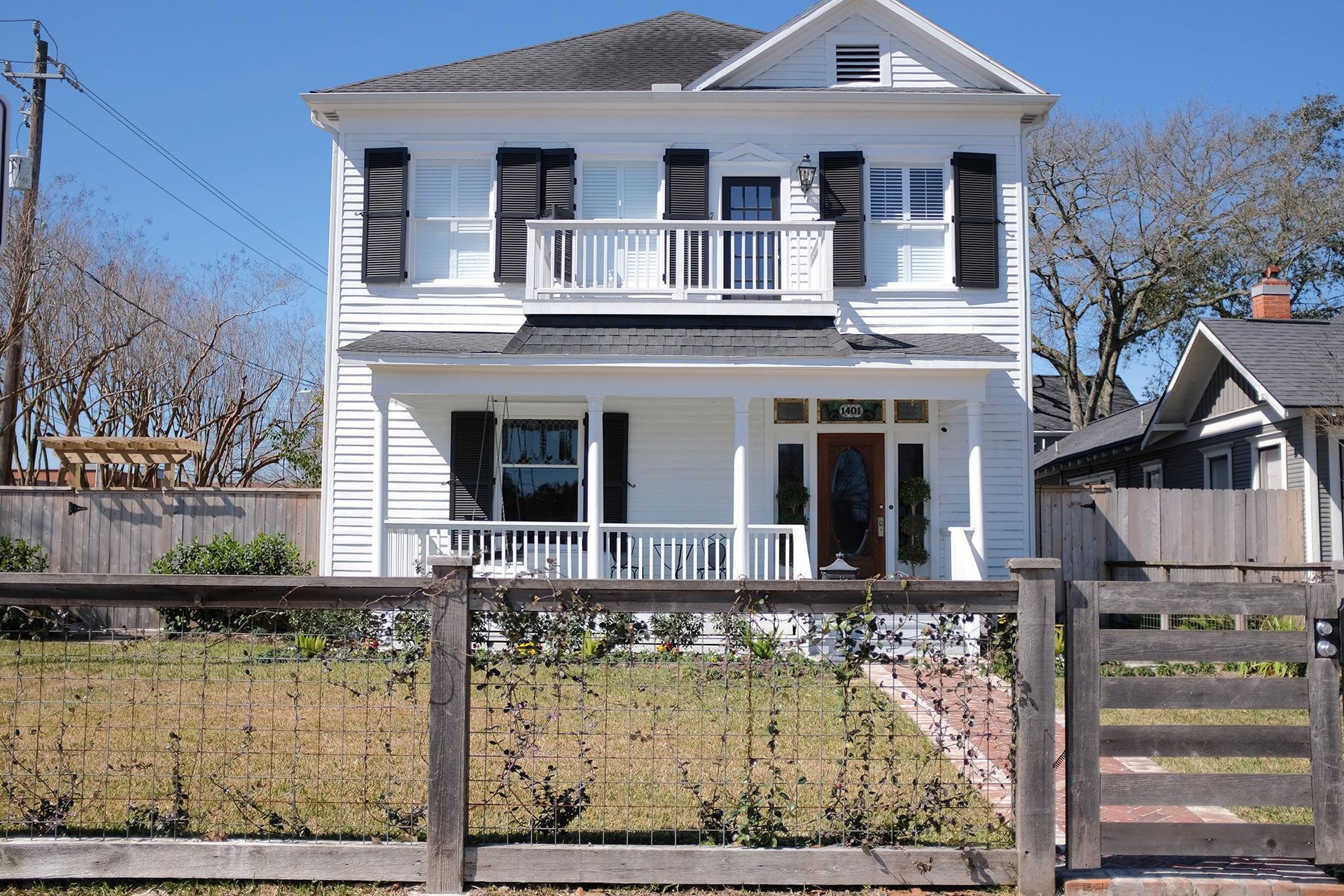Preparing Your Existing Home for an Addition: A Comprehensive Guide
When considering an addition to your existing home, preparation is key to ensuring a smooth and successful project. Whether you are expanding your living space to accommodate a growing family, creating a home office, or adding a guest suite, careful planning can make all the difference. Here’s a step-by-step guide on how to prepare your existing house for an addition.
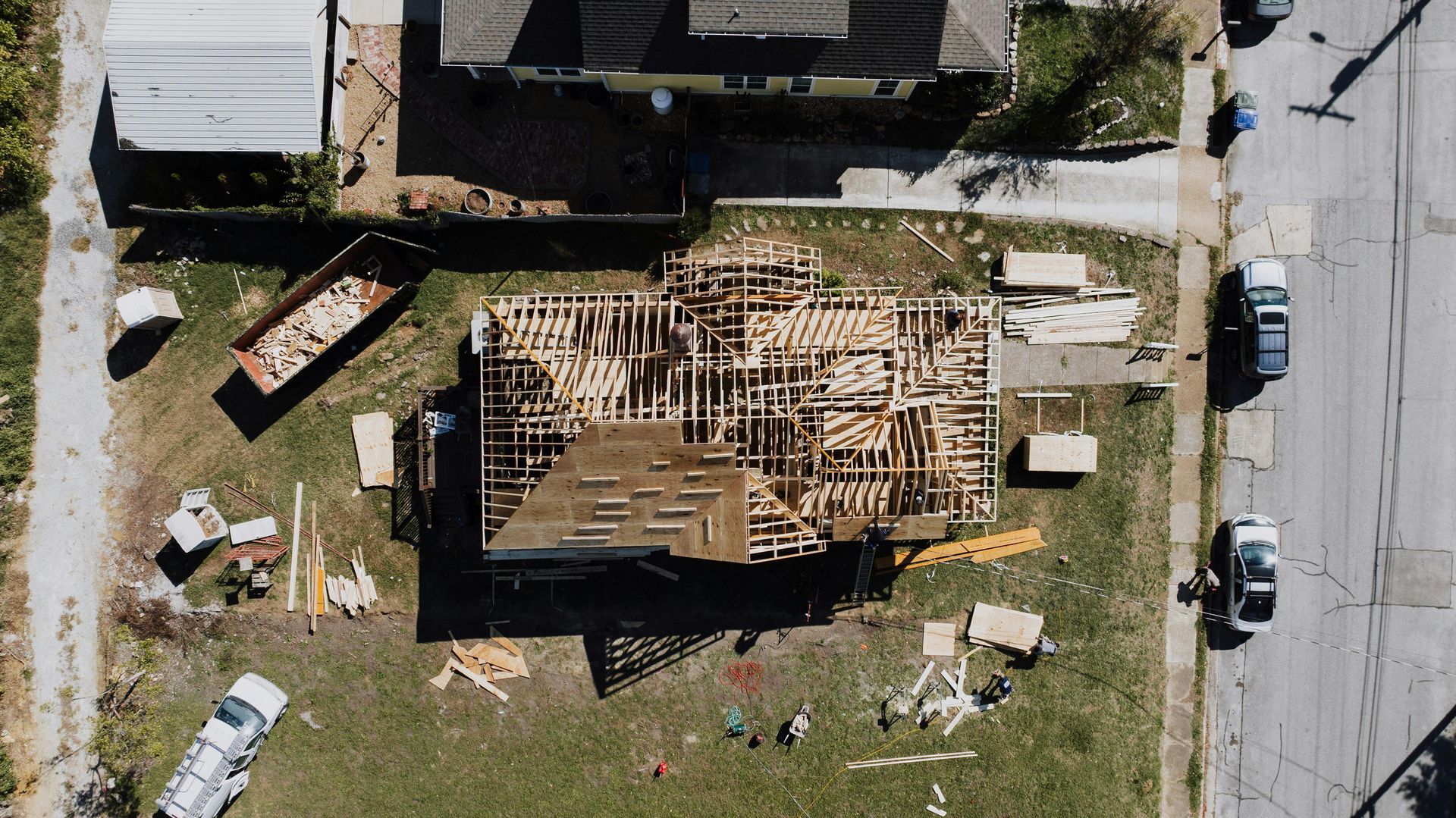
1. Assess Your Needs and Goals
Before starting any physical preparation, clearly define your goals for the addition. Consider the following questions:
- What is the purpose of the addition?
- How much space do you need?
- What style do you envision?
Creating a detailed list of your requirements can help guide the design and construction process.
2. Set a Realistic Budget
Establishing a budget is crucial. Be sure to account for:
- Construction costs: Include materials, labor, and permits.
- Design fees: Hiring an architect or designer can add to your expenses.
- Contingency fund: Set aside 10-20% of your budget for unexpected costs.
Having a clear financial plan will help you stay on track throughout the project.
3. Consult with Professionals
Before making any changes, consult with professionals:
- Architects or designers: They can help create a functional and aesthetically pleasing design that complements your existing home.
- Contractors: Obtain quotes from several contractors to understand labor costs and timelines.
- Structural engineers: If your addition affects the structure of your home, you’ll need their expertise.
4. Check Local Building Codes and Regulations
Every municipality has specific building codes and zoning laws that must be adhered to. Before beginning your project:
- Contact your local building department: Verify what permits are required for your addition.
- Understand zoning regulations: Ensure your plans comply with local zoning laws, including setbacks and height restrictions.
5. Evaluate Your Existing Home’s Structure
Understanding the current condition of your home is vital for a successful addition.
- Foundation: Ensure your home’s foundation can support the new addition.
- Roof: Evaluate the existing roof’s condition and how it will integrate with the new structure.
- Utilities: Determine if your current plumbing, electrical, and HVAC systems can accommodate the additional space.
6. Create a Detailed Site Plan
A site plan is essential for visualizing the addition in relation to your existing home and property. Consider:
- Placement of the addition: Ensure it flows well with the existing structure and does not obstruct views or natural light.
- Landscaping: Think about how the addition will affect your yard and existing plants.
7. Prepare Your Home and Property
Once your plans are in place, it’s time to prepare your home and property for construction:
- Clear the area: Remove any obstacles, such as furniture, decor, or outdoor items, from the construction site.
- Protect existing features: Use tarps or plywood to shield floors and walls from dust and debris.
- Establish a temporary living arrangement: If the construction is extensive, consider setting up a temporary living space to minimize disruptions.
8. Communicate with Neighbors
Keeping your neighbors informed about your project can help maintain good relationships. Consider:
- Informing them in advance: Let them know the expected timeline and potential disruptions, such as noise or traffic.
- Addressing concerns: Be open to discussing any worries they may have about the construction process.
9. Stay Organized Throughout the Process
Throughout the construction process, staying organized is essential. Keep track of:
- Documents: Maintain all contracts, permits, and correspondence with contractors.
- Progress: Regularly check in with your contractor to ensure the project stays on schedule and within budget.
- Changes: Document any changes to the original plans, as this can impact timelines and costs.
10. Enjoy Your New Space!
Once the addition is complete, take the time to enjoy your newly expanded home. Consider:
- Decorating and furnishing: Make the new space feel like part of your home.
- Hosting a gathering: Celebrate the completion of your project with friends and family!
Preparing your existing home for an addition can be a complex yet rewarding process. By following these steps and working closely with professionals, you can create a seamless transition between your existing home and the new addition. With proper planning and execution, your dream space can become a reality, enhancing both the functionality and value of your home.
